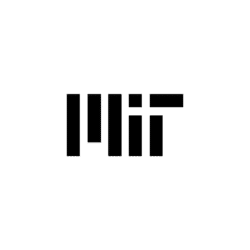Additive Manufacturing:
Additive manufacturing through 3D printing, vacuum plasma spray / cold spray, electroplating, or addition of coatings to surfaces
-
Additive Manufacturing through any method including L-PBF/SLM, wire-fed, electron beam melting, binder jetting and sintering, etc…
-
Vacuum plasma spray, cold spray techniques, PACVD/CVD, or sputtering coatings
-
Electroplating and electroforming/electrodeposition
-
Applications of non-metallic AM including FDM and SLA
Advanced Materials:
New alloys, composites, and ceramics, that relate broadly to an “additive” process (including brazing/bonding of first wall surfaces). The production methods, joining techniques, and analysis of these materials, and effects of their interaction with high temperatures, high heat flux, and neutron exposure.
-
Developed a new metal alloy, composite, or ceramic with applications to fusion power
-
Existing materials that could be adapted to an AM process
-
Adding a coating onto a plasma facing (or other) component through VPS/cold spray, plating, sputtering, PACVD, CVD, etc…
-
Processing or joining of these new materials, including heat treatments/HIPing, surface refinement, smoothing, machining, cutting, brazing, or welding
-
Analysis of material strength, physical properties, or reaction to the reactor environment
Scope of non-fusion work with “substantially similar operating characteristics”
We encourage the presentation of work with substantial overlap with the operating requirements of components in fusion power, these requirements may include one or more of the following:
-
AM of RF structures, RF accelerators, antennas, rocket engines, or heat exchangers
-
AM of refractory materials (molybdenum, tungsten, etc…) and ceramics
-
Post-processing AMed parts including HIPing and surface smoothing
-
Functionally graded materials and joining metal to ceramic components
-
Materials exposed to high heat fluxes or high operating temperature
-
Structures with internal cooling channels
-
Structures operating in high vacuum



